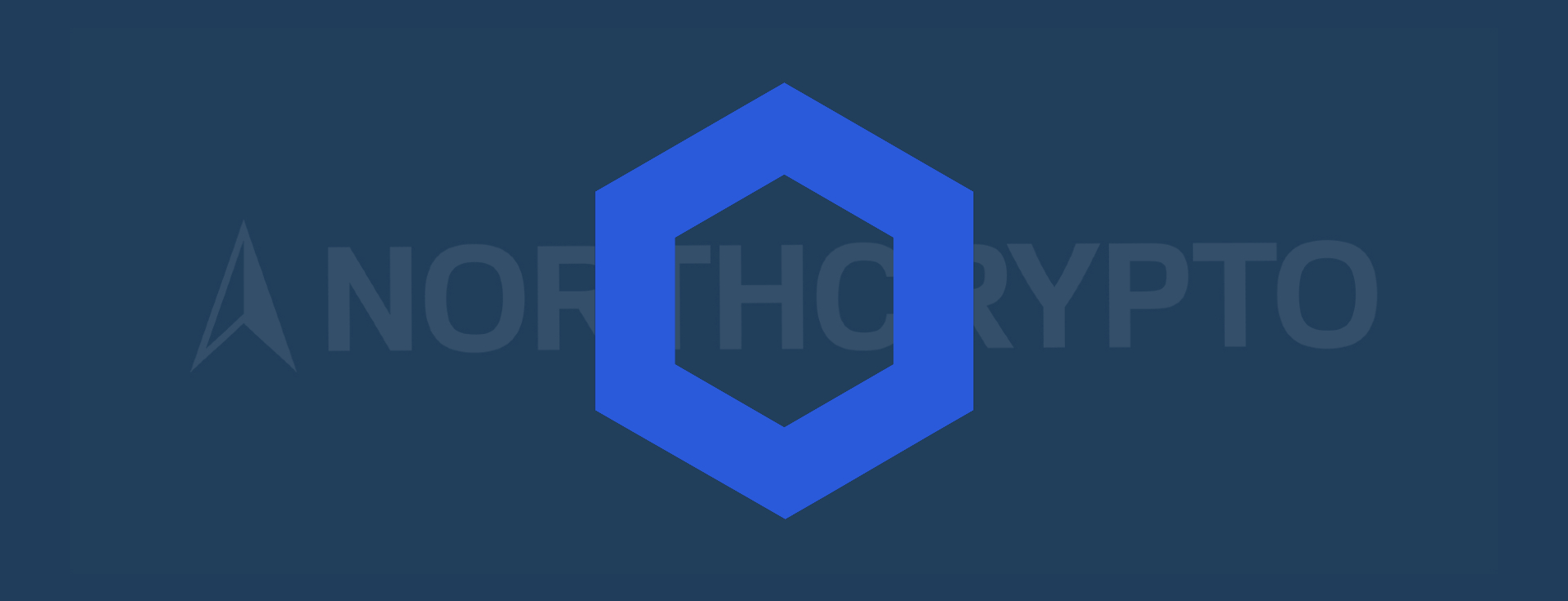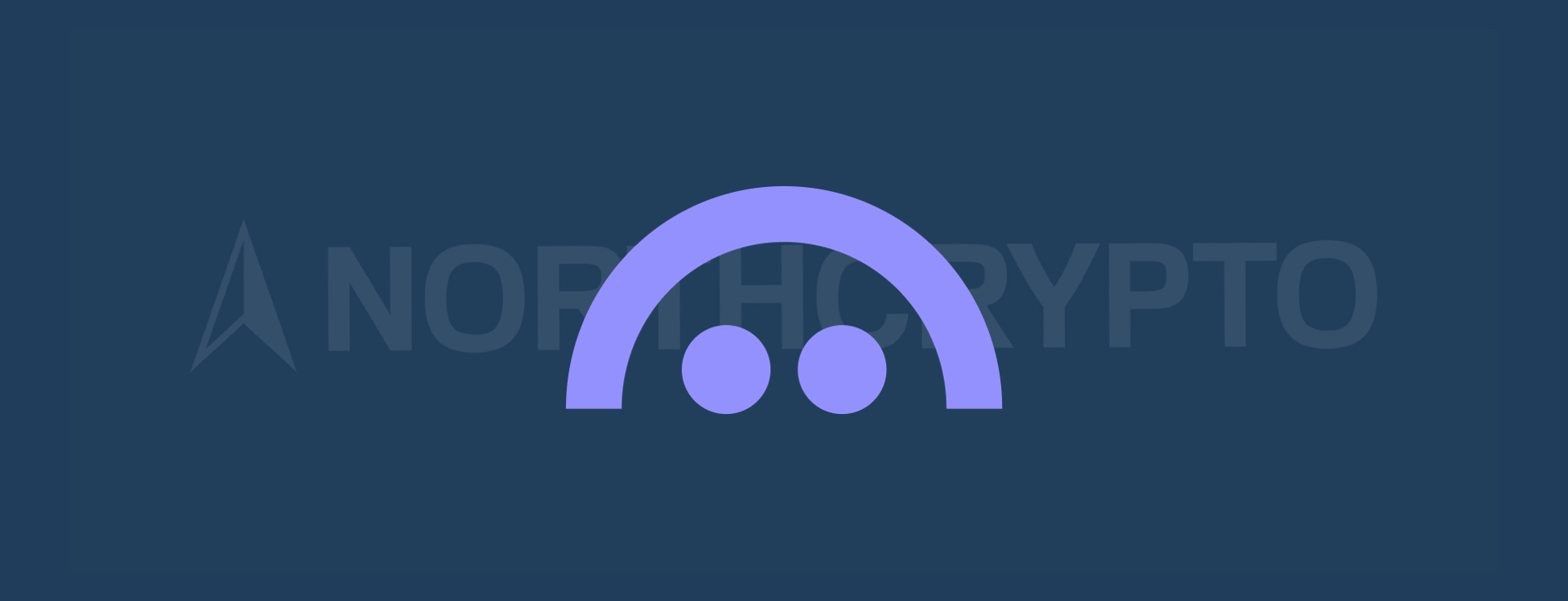
DeFi (Decentralized Finance) is one of the fastest growing entities in the crypto market. Blockchain-based decentralized DeFi services aim to eliminate the need for third parties and make financial services more efficient and transparent than before. DeFi not only offers alternatives to traditional financial services, it also offers completely new opportunities for investors and users around the world. In this text, we delve into the DeFi world, its operating principles, and popular methods of analysis and projects.
What is DeFi?
DeFi (Decentralized Finance) is one of the largest entities in the cryptocurrency market, which aims to revolutionize the traditional banking system. Various DeFi services aim to use blockchain technology to create decentralized financial services without third parties. Basically, DeFi services provide an open and transparent service that is accessible to everyone, regardless of their location or financial status.
One of the key features of DeFi is its decentralized nature. Instead of offering financial services on centralized platforms or through traditional banks, DeFi platforms operate in a decentralized manner on the blockchain. This means that the provision and management of services is based on smart contracts and distributed applications that operate independently without a single centralized entity.
DeFi platforms offer investors a wide range of financial services familiar from traditional banks. These services are open to everyone and their implementation does not require complicated registration processes, traditional bank accounts or reliance on third parties. In addition, DeFi can offer better returns and lower costs compared to traditional financial systems, making it an attractive option for both individuals and institutions.
All in all, DeFi is one of the most interesting and fastest growing entities in the cryptocurrency market. The potential of DeFi to fundamentally change the financial world is huge and its development is worth following closely. DeFi as a whole includes a huge number of different projects. It goes without saying that some of these projects offer investors better opportunities. By analyzing DeFi projects closely, one can minimize risks and ensure that the selected investments are reasonable and sustainable in the long term.
Popular metrics for evaluating DeFi projects
It is possible to analyze DeFi projects using various metrics. In this blog post, we will take a closer look at four popular metrics that make it possible to analyze different DeFi projects. These metrics are: TVL (Total Value Locked), market value, inflation and number of unique addresses. These metrics have been chosen because they provide valuable information about the popularity, user activity and long-term sustainability of DeFi projects. Various metrics for DeFi projects are available, for example, on the popular DefiLlama website. Next, let's delve into these four metrics in a little more detail.
TVL (Total Value Locked)
TVL (Total Value Locked), is a concept that describes the total amount of assets locked on the DeFi platform. It measures the size and activity of the decentralized finance ecosystem at a given point in time. TVL can be a useful metric for evaluating various DeFi projects for several reasons:
Stability and reliability: A high TVL may indicate that the DeFi project under review has established itself and inspires trust among users. When users lock their funds into DeFi platforms, it shows faith in the platform and the services it provides.
User activity: A high TVL can also mean an active user community and high usage on the platform. This shows that the project provides value to its users.
Risk assessment: TVL can also help investors assess the risk level of DeFi projects. A low TVL may indicate that the project is still at an early stage or that it does not yet enjoy high confidence among investors.
Comparison with other projects: By comparing TVL between different DeFi projects, you can get an idea of how much the project in question has attracted interest among investors at that moment. This can help investors and users to choose the best possible investment or usage targets.
In conclusion, TVL is a useful metric that can provide valuable information for evaluating and comparing DeFi projects. It can help investors and users make better decisions and better understand the dynamics of the DeFi ecosystem.
Market value
Market value refers to the total value of all circulating tokens of the DeFi project. Looking at the market cap of individual DeFi projects helps investors analyze DeFi projects in a number of ways:
Relative position of the project: By looking at the market value, the investor gets a good idea of the current position of different DeFi projects in the market. A high market value compared to other projects naturally indicates that the project in question is popular among investors. This can help investors make better decisions about their investments.
Growth potential: By looking at the development of the project's market value over time, investors can also assess its growth potential. If the market value increases rapidly, it can indicate that the project has gained popularity and credibility in the market, which in turn can attract more users and investors.
Risk assessment: Examining the market value helps the investor also assess the risk level of the investment. A high market value can mean great confidence in the project, but at the same time it can also increase the risk if there are high expectations for the project that do not materialize. Correspondingly, a low market value can in turn attract investors due to a higher upside potential. In this case, the risk is naturally that the DeFi project will never gain popularity among investors and users and its market value will remain at a low level.
Overall, looking at the market value can be seen to provide valuable information in the analysis of DeFi projects. It helps investors understand the relative position, growth potential and risk level of projects.
Inflation
Inflation of DeFi projects' own tokens can significantly affect investors' investment decisions and the review of project-related risks. When looking at the inflation of a DeFi project's own token, i.e. the creation of new tokens and the increase in the supply of existing tokens, investors can gain valuable information about the following:
Value preservation: Looking at the inflation rate helps investors understand how many new tokens are entering the market and how that may affect the value of existing tokens. Excessive inflation can lead to a decrease in the value of existing tokens, while controlled inflation can be more sustainable in the longer term.
Investment potential: By looking at inflation, investors can assess the long-term potential of a project. If inflation is under control and the project has mechanisms to curb inflation or to reduce the number of tokens in circulation, i.e. to burn tokens, it may indicate a better investment potential from the perspective of investors, especially in the longer term.
Risk assessment: Excessive inflation can increase the risk associated with the investment, as it naturally reduces the value of existing tokens and reduces returns for investors. By looking at the inflation of DeFi projects' own tokens, investors can assess what kind of risks may be associated with a decrease in the value of the investment.
Community engagement: Examining the inflation rate can also provide clues about community engagement with the project. If inflation is high and the community is unhappy with it, it can be a sign that there are problems with the project.
In summary, looking at the inflation of DeFi projects' own tokens helps investors understand the project's long-term sustainability, value retention and investment potential. It also helps to assess the risks associated with the investment and the community's commitment to the project.
Number of unique addresses
The number of unique cryptocurrency addresses of DeFi projects can provide an investor with valuable information about the user base, activity and scope of that project. Reviewing addresses helps investors and users assess the potential and risk of a project in the following ways:
Extent of user base: The number of unique cryptocurrency addresses gives an idea of how many individual users or addresses use the service in question. A large number of unique addresses can indicate a large user base and interest in the project.
User activity: The number of unique cryptocurrency addresses can also show the direction of the user activity of the DeFi service. If the number of unique addresses increases over time, this may indicate that new users are constantly participating in the project and that the project is active.
Risk assessment: On the other hand, if the number of unique cryptocurrency addresses remains low or decreases over time, it may be a sign that the project is at risk or that users are losing interest in that project.
The number of unique cryptocurrency addresses provides valuable information about the DeFi project's user base, activity and community engagement. This information can help investors and users evaluate the potential and risk of the project before making a possible investment decision.
Popular DeFi projects
Next, let's take a closer look at two popular DeFi projects, Chainlink and Aave. Chainlink and Aave have been on the market since the very beginning of DeFi, and over the years they have also managed to establish themselves among the most popular DeFi projects in the crypto market.
Chainlink
Chainlink is a decentralized application built on top of Ethereum with the goal of producing high-quality data for smart contracts without the hassles of centralized oracles challenges. An oracle refers to a data source that provides smart contracts with data outside the blockchain. Smart contracts are programs programmed into the blockchain that work automatically without third parties. Chainlink aims to solve the core problem of smart contracts by creating a fully decentralized oracle pool, which improves data reliability. Oracles participating in the project earn LINK tokens for high-quality data, while low-quality data may result in token loss.
Chainlink's history dates back to 2014 and has established itself as the leading oracle solution in the cryptocurrency market. The project has signed significant cooperation agreements and its technology is a key part of several different DeFi applications. Chainlink's operating principle is based on the Ethereum blockchain, but its services can also be used in any other blockchain. Chainlink's own native token is called LINK. The LINK token is used to reward oracles and support the operation of the system.
Chainlink offers investors an attractive opportunity to participate in the development of smart contracts. The success of the project depends on the growing popularity of smart contracts and the demand for the LINK token. As smart contracts can change the way contracts are made in digital form, the technology offered by Chainlink can play a crucial role in the decentralized ecosystems of the future. Therefore, investing in LINK tokens can be an attractive option for investors who believe in the potential of smart contracts and the need for high-quality data generated by oracles. The easiest way to invest in Chainlink's LINK token is through Northcrypto's service.
Aave
Aave is one of the largest and most popular decentralized DeFi services in the world. DeFi aims to bring traditional financial services to decentralized blockchains, reducing reliance on third parties such as banks. Aave is especially known for its peer-to-peer lending service, where users can deposit their funds to earn interest or borrow funds from other users without centralized intermediaries.
Aave's protocol is originally based on Ethereum's blockchain and has its own governance token, AAVE. AAVE token owners can vote on Aave's future development work and, if they wish, stake their owned tokens to earn interest income. Aave also offers a wide selection of different interest rate options that are suitable for investors with different risk profiles.
Aave has been a significant factor in the development of the DeFi world by offering decentralized, transparent and efficient financial services to its users practically since the existence of various DeFi services. Aave's head office is currently located in London and it has also received a UK Financial Conduct Authority license, which has strengthened Aave's position in the market. Aave protocol is constantly being developed to meet the needs of users, and its popularity has grown with the growth of the DeFi market. If you are interested in investing in Aave's own AAVE token, it can be done most easily with Northcrypto's service.
Summary
DeFi is a rapidly growing segment of the cryptocurrency market that aims to revolutionize the traditional financial market. It utilizes blockchain technology to provide a wide range of financial services without the need for third parties such as banks. The potential of DeFi is huge: it can fundamentally change the world of finance by providing a more transparent, efficient and accessible alternative to traditional banking services.
Several metrics and methods have been developed to analyze DeFi projects, providing valuable information to investors and users. These include, for example, TVL (Total Value Locked), market value, inflation and the number of unique addresses. TVL describes the total amount of locked funds and can give indications of the project's stability and user activity. The market value helps to understand the growth potential of the project and its relative position in the market. Inflation review, on the other hand, provides information on the preservation of the token's value, investment potential and risks. The number of unique addresses indicates the scope, activity and commitment of the project's user base. With the help of these metrics, investors can make better decisions when choosing projects and better understand their potential and risks. However, in order to prepare a comprehensive analysis, it is also important to take into account other factors, such as the background of the project, the team and technology.
Mikko Soon
Head of Northcrypto Private
Last updated: 17.05.2024 14:00




